|
|
The following success story comes to us from The Netherlands, where Jeroen and his team are running Buttonizer, a great-looking “floating action button” plugin for WordPress websites with one purpose: to help increase user interactions and conversions on websites.
Jeroen, thanks for agreeing to share your WordPress plugin business story with us! Why don’t we kick things off by getting to know you a bit – what is your background and how did you get into the WordPress business sphere?
Thank you for this opportunity! My main focus is online marketing and data analysis. I have studied Economics and not Computer Science, unfortunately. Me and two friends started our own company in web design and online marketing back in 2013. We needed a suitable CMS to work with that quickly adapts to market changes and also has enough options to change the front and back-end. WordPress turned out to be the best option.
In addition to web design, we were also constantly working on improving the conversions and interactions on our websites. 2013 was a turning point for the number of mobile website visitors. The only problem was that a mobile visitor was less likely to convert properly compared to a desktop web visitor.
Our idea for improving mobile conversions was to create a call button based on Google’s material design. This became the first version of Buttonizer.
Could you give us an idea of what Buttonizer is all about and what you’re focused on, as a company?
Buttonizer was born out of love for conversions. So it’s the perfect plugin for anyone who’s looking for a way to make actions happen on a website. The great thing about Buttonizer is that you can set relevant click actions for your visitors so you can increase interactions on your website.
The plugin was made only for our customers and we were not at all concerned with the option to monetize it. But when we saw, after a lot of testing, that such a button actually led to more conversions, we wanted to develop it further. Together with our lead developer and co-creator Jasper Vriends, we started developing very actively last year. In September 2017, we officially launched Buttonizer as a WordPress plugin.
Our long-term goal for Buttonizer is quite ambitious. We want it to become the king of Floating Action Buttons based on the idea of material design. Currently, we are focusing on how our users can add as many relevant floating action buttons as possible to their website. By using filters such as page rules, opening hours, devices and triggers (for example when a user stays longer than X seconds on the website), we want to give the user tools for all kinds of situations on a website in order to create the most relevant floating action button. You can see it as a ‘dynamic floating action button’.
In the future, we hope to have a ‘Smart’ function. The user then only has to add the click actions and the system will show the most relevant action button, based on the behavior of the web visitor.
How many employees are there at Buttonizer at the moment and where are you all based?

Our dedicated Buttonizer team consists of five people (one designer, two developers, and two marketeers) and is based in Zoetermeer, The Netherlands. Jasper Vriends is the lead developer. There wouldn’t be such a great application without him :).
Talk a little about your marketing. How have you guys been approaching this aspect of running your WordPress product business? You’ve got 2 dedicated marketers on your team – have you been able to identify a certain funnel or process that helps increase your exposure?
Great question. Our first focus is adding as much value as possible to the free version and making it as easy as possible to find on the WordPress repository. Based on your article about SEO in WordPress, we have compiled a list of important keywords and written a detailed description for our plugin in WordPress so that we can be easily found on word combinations like for example “floating action button tool for WordPress” and “call button”.
At the moment, our marketing is mainly focused on current users. They must be completely satisfied with Buttonizer because we want as little uninstallations as possible.
Our marketing is mainly focused on current users. They must be completely satisfied because we want as little uninstallations as possible.
That’s why we are currently working on an instructional video for each setting and we have also made a walk-through. This should allow a user to understand the whole concept of the plug-in right away.
We ultimately want to give Buttonizer more identity, and even turn it into a verb. We would like to do that by bringing the robot in the logo to life more and more. We cannot say much about the most successful funnel yet. All our users come across the plugin based on findability in WordPress, but we are currently starting with affiliate marketing, we’re going to work with a blog/content marketing next week.
Grab a free copy of our Cheat Sheet for
Selling Plugins and Themes
A growth roadmap with concise, actionable tips for every milestone of WordPress product development.

I noticed you have set up a YouTube channel which you are using to publish quick screencasts on the different ways to use your product on a website. Is video a medium that works better than others for your target audience?
We think that short videos are useful on several fronts. A lot of people go for how-to-questions to YouTube directly, instead of Google Search. Besides that, a video offers a clear explanation and is a great way to make users aware of the versatile applications of Buttonizer. The videos are also relatively easy to make.
When we look at our YouTube analytics, we see that 47% of our views come from users who go to our tutorial page and 53% are direct YouTube searches.
What makes the Buttonizer WordPress plugin unique when compared with other “Action buttons” plugins for WordPress websites?
The reason why Buttonizer stands out is that it’s not like other action buttons, which are just about the design or a single action. It’s about multiple actions which are relevant to the context of the site.

There are various needs out there when it comes to click-actions that differ per situation, website, and business. For example:
- Webshop owners usually want a button that adds products to a shopping cart.
- Bloggers want a social media sharing button.
- Others want a direct call button that’s only visible during certain hours.
The better and more precise you can respond using the right action, the more interaction and engagement you will get on your website. Buttonizer makes all of that possible by first choosing the position (like for example at the bottom right of the screen), then you can add buttons to those positions with specific click actions (like a phone call, a WhatsApp chat, an Add to Cart button, etc.), and last but not least, you can add filters to a specific button (like only show it on specific pages, opening hours, mobile devices etc.). When multiple buttons are active on the same page at the same time, a floating menu will automatically appear, like in the screenshot above.
We are currently working on Buttonizer 2.0, which will include the possibility to manage your floating action buttons directly from the front-end inside WordPress.
Buttonizer + Freemius
How did you first hear of Freemius and what were your main concerns about using the platform?
One of our biggest challenges with the freemium model was how we could start working with licenses. We thought it was a waste of time to put energy into our own administrative solution. At first, we looked at CodeCanyon. But when we found out how that platform treats the plugin developers we were shocked. A minimum of 30% commission and no user data feedback options! We then understood why so many WordPress plugins are not being further developed.
After a search for alternatives, we encountered Freemius through a number of blog articles that you guys wrote, amongst other things. Freemius really has everything that we were looking for. It serves as an important extension of Buttonizer, rather than like a weight around our necks, which is what CodeCanyon may have become for many plugin developers.
What were the reasons that eventually made you decide to start selling licenses for Buttonizer using Freemius?
The whole package.
- Your support is insanely fast
- Your SDK is really easy to integrate into the product
- You provide a lot of useful user-data
- The Checkout option within the WordPress admin dashboard is brilliant. Almost 87% of our premiums buy directly within their WordPress environment!
- You have a lot of built-in smart follow-up email marketing messages
Almost 87% of our premiums buy directly from within their WordPress dashboard environment!
You guys did a really good job of developing such a great application and you always respond within 24 hours. Keep up the good work! 😀
I understand you guys are about to start using the built-in affiliate platform offered by Freemius to help increase sales for Buttonizer. What are your expectations for this?
Expectations are still a bit difficult. I personally believe that you really need a good and generous affiliate program to get people on board. I also believe that the affiliate program will only go really well if Buttonizer will have established itself as a strong brand.
With that being said, at the moment, we already have first registrations for our affiliate program. We expect affiliate marketing to ultimately generate approximately 10% of our turnover.
What are the features you like most about Freemius? How has Freemius been successful in helping your sales?
Freemius has helped us tremendously in boosting our sales. The ease with which you can change your plans, make refunds, and many automatic email settings, like cart-abandonment emails, are just a few examples of all the options that we otherwise would have missed or would have had to develop ourselves. Without Freemius we would have to focus 20% of our development time on the administrative process, but now we do not have to think about it.
A nice additional quality is how easy it is to distinguish between your free and pro functionalities. You get two versions of your plug-in, the free and premium version, but are able to deploy them at the same time.
Final Thoughts
Where do you see Buttonizer in 3 years from now?
In about three years from now, we want to be recognized as one of the best conversion optimization tools and floating action button plugins for WordPress. We also hope to have launched a good working ‘Smart’ function.
What are a few good tips or lessons you’ve picked up along the way which you can provide for developers who are looking to create a sustainable business around a WordPress plugin?
- Don’t go to CodeCanyon because they will eat your profit margins! This will result in very low earnings and as a WordPress developer, you need money to develop your WordPress plugin properly.
- Focus on letting your users promote your plugin.
- And the most important thing is to try to come up with a workflow that enables you to get continuous good feedback from your users. The more they are engaged the better it will be for your product’s churn rate.
Try to focus on enabling your users to promote your WordPress plugin.
Jeroen, thank you for agreeing to share your thoughts with us. Although Buttonizer is still considered a relatively new product – it seems like you guys have been doing a splendid work improving it and getting it out there to help WordPress website owners increase user engagement and ultimately increase the conversion rate for those websites.
How can anyone who’s reading this reach out to you guys?
Thanks! You can e-mail me or Jasper personally at jeroen at buttonizer.pro or jasper at buttonizer.pro.
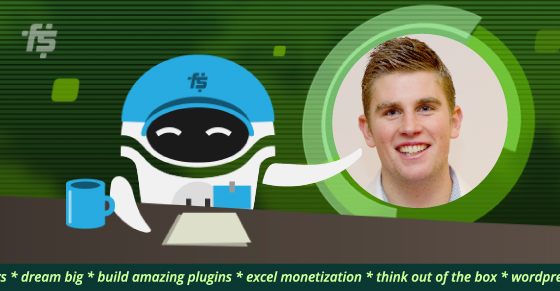
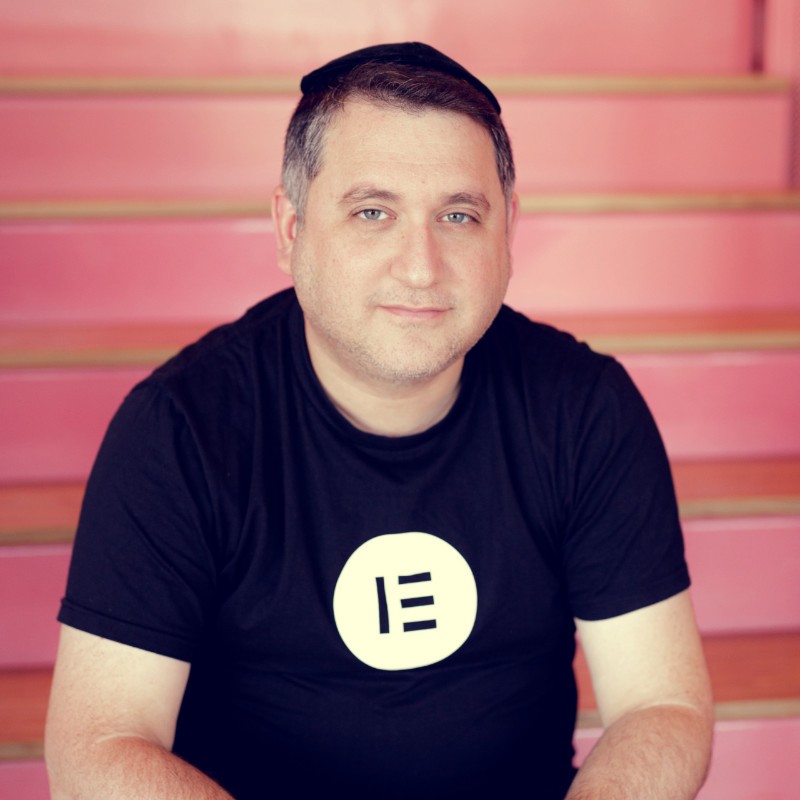

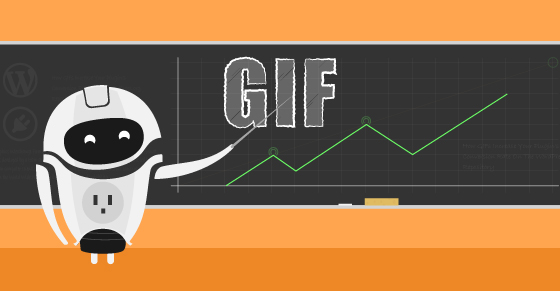
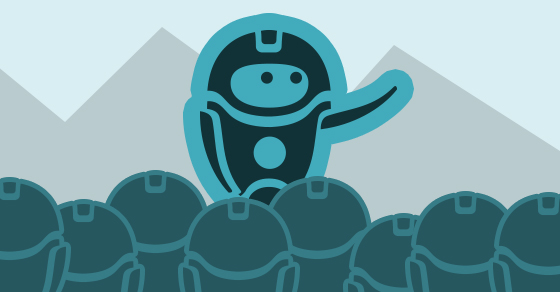

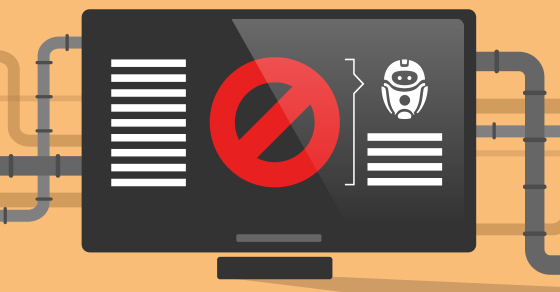
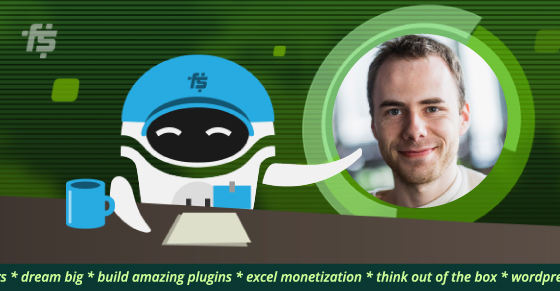
Nice article. Interesting to read form the beginning to the end.